Un manual para ayudar a las familias a obtener la información crítica que necesitan durante los primeros 100 días luego de un diagnóstico de autismo.
Manual para los primeros 100 dìas
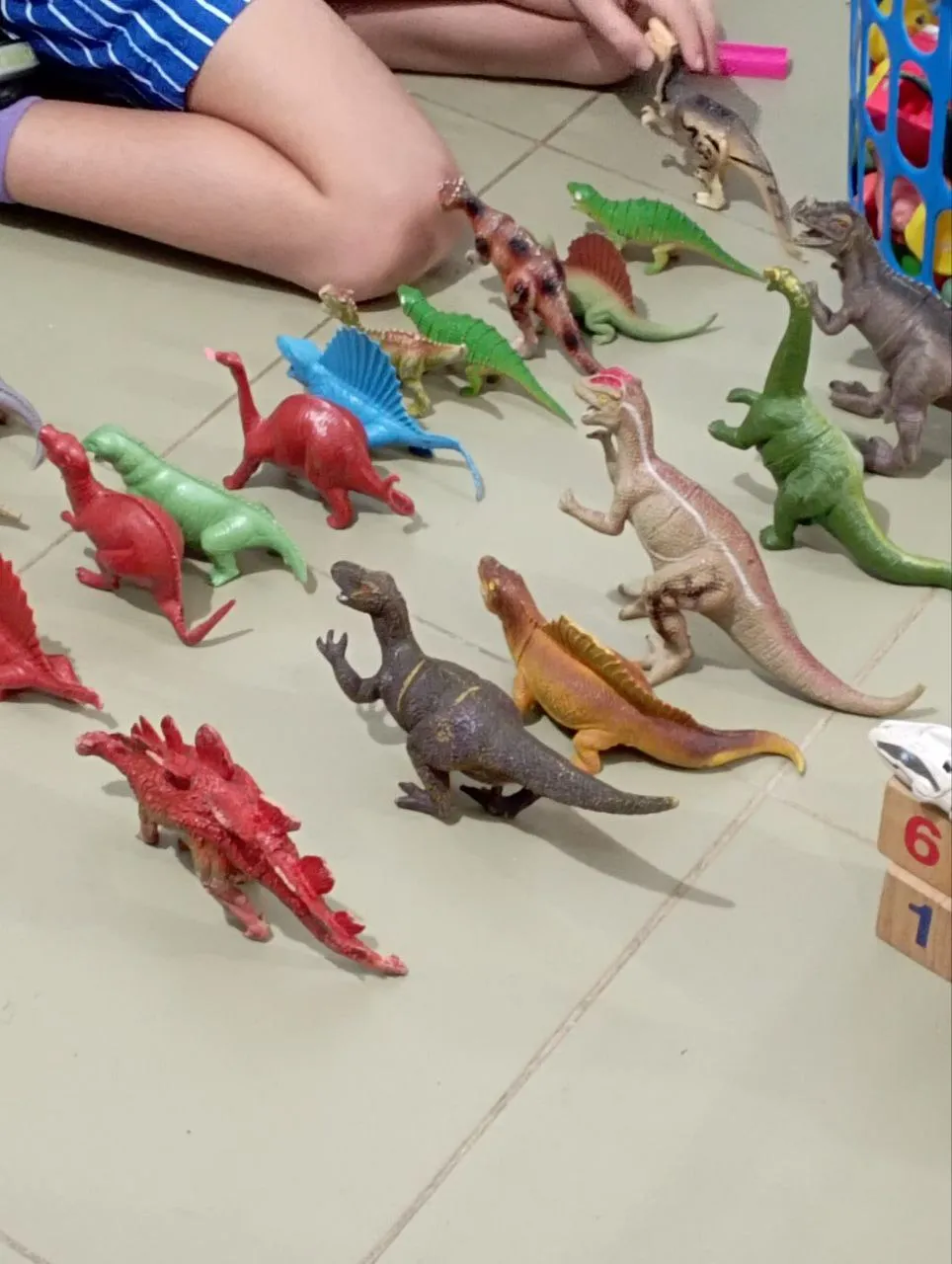
Autism Speaks realizó una compilación de varios documentos y autores que salió a la luz en el año 2.008. A pesar de que han transcurrido más de 15 años, El Manual de los 100 primeros días de un diagnóstico de autismo; a pesar de que en ese tiempo han habido avances significativos, sobre todo en el campo biomédico, este manual contiene información valiosa que puede ayudarte a comprender las circunstancias sobre las que se equilibran las emociones y los sentimientos que acompañan tan únicas vivencias.
Pienso que unos padres que reciben un diagnóstico de autismo en un hijo, es algo único que no se parece al proceso que pueden pasar otros padres; siempre es único. No tengo dudas sobre eso. Cada situación está acompañada por una singularidad. Ese recorrido, que dan los padres desde la observación de los primeros indicios hasta la corroboración de sus dudas, es indiscutiblemente privado, no comparable y no negociable porque en ese momento no existen las promesas. En ese momento comienza un proceso que sólo comprenden los padres y familiares muy cercanos y comprometidos.
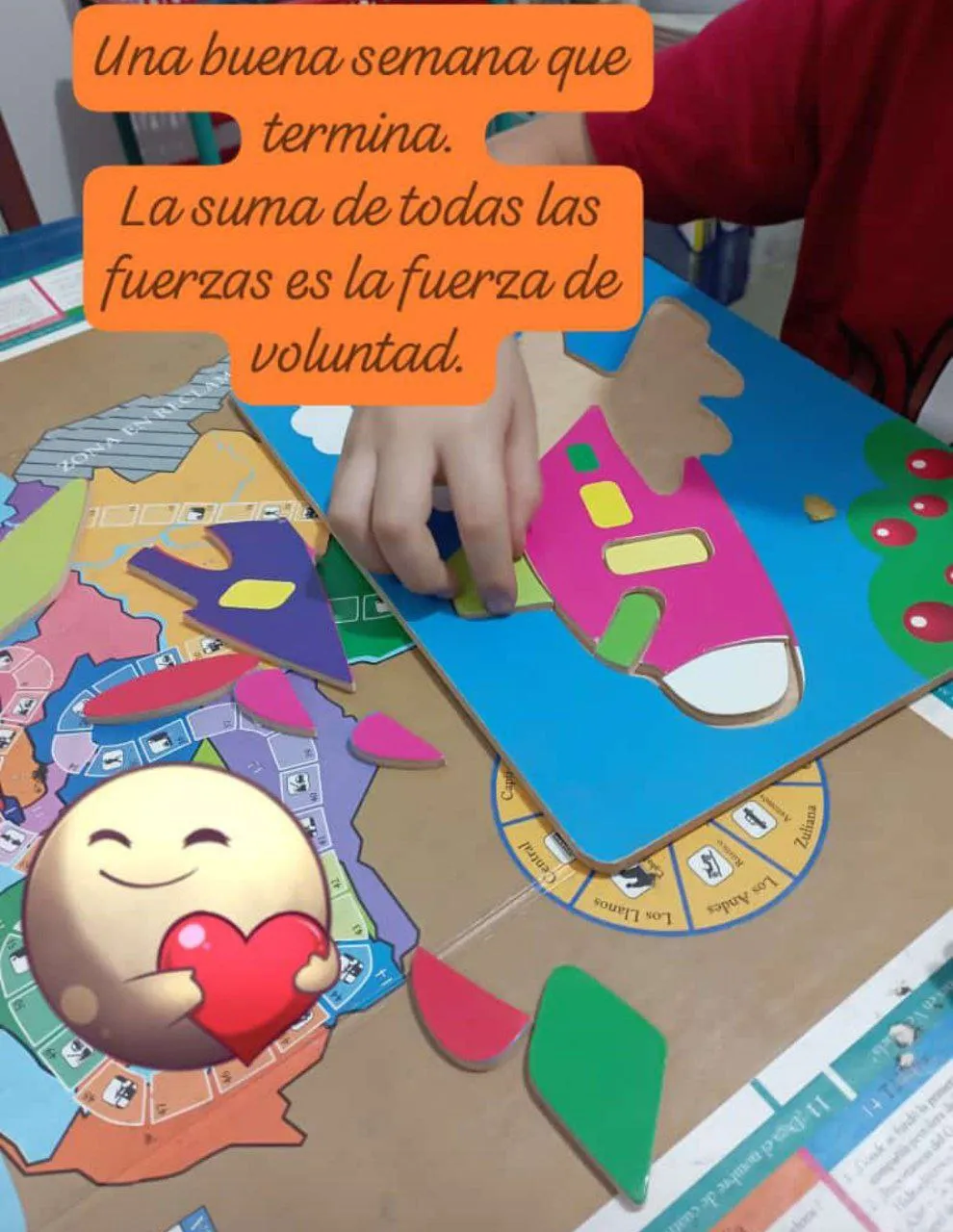
En todo caso, se pasa por fases para enfrentar lo que sucede, que se conoce como proceso de duelo. En la literatura de referencia se ordenan las etapas en forma didáctica, sabemos que no necesariamente se cumplen secuencialmente; a veces inclusive las etapas se superponen además de observarse retrocesos y vuelta; para algunos padres el proceso es más corto que para otros. Las madres, mujeres, no pasan por este proceso igual que los padres, hombres. Lo que pretendo explicar es que este proceso es tan complejo que seguir manuales o pasos es complicado; sin embargo los especialistas, investigadores, padres que ya han paso por esta experiencia, tratan de ayudar y hacer que sea posible quizás lo más importante, que se llegue hasta la aceptación sana de esa realidad.
Mi mensaje hoy para ustedes, padres, familias, es que busquen ayuda. Lo más importante es que no se queden solos en el proceso, por muy duro e incomprendido que piensen que otros están siendo con ustedes. En la oscuridad del primer momento, identificar las primeras emociones, y sobre todo, expresarlas, ayudará. En general, se pueden identificar cinco fases del duelo: negación, ira, culpa, depresión, aceptación; es en esta última fase que los padres comienzan a construir estrategias adaptativas.
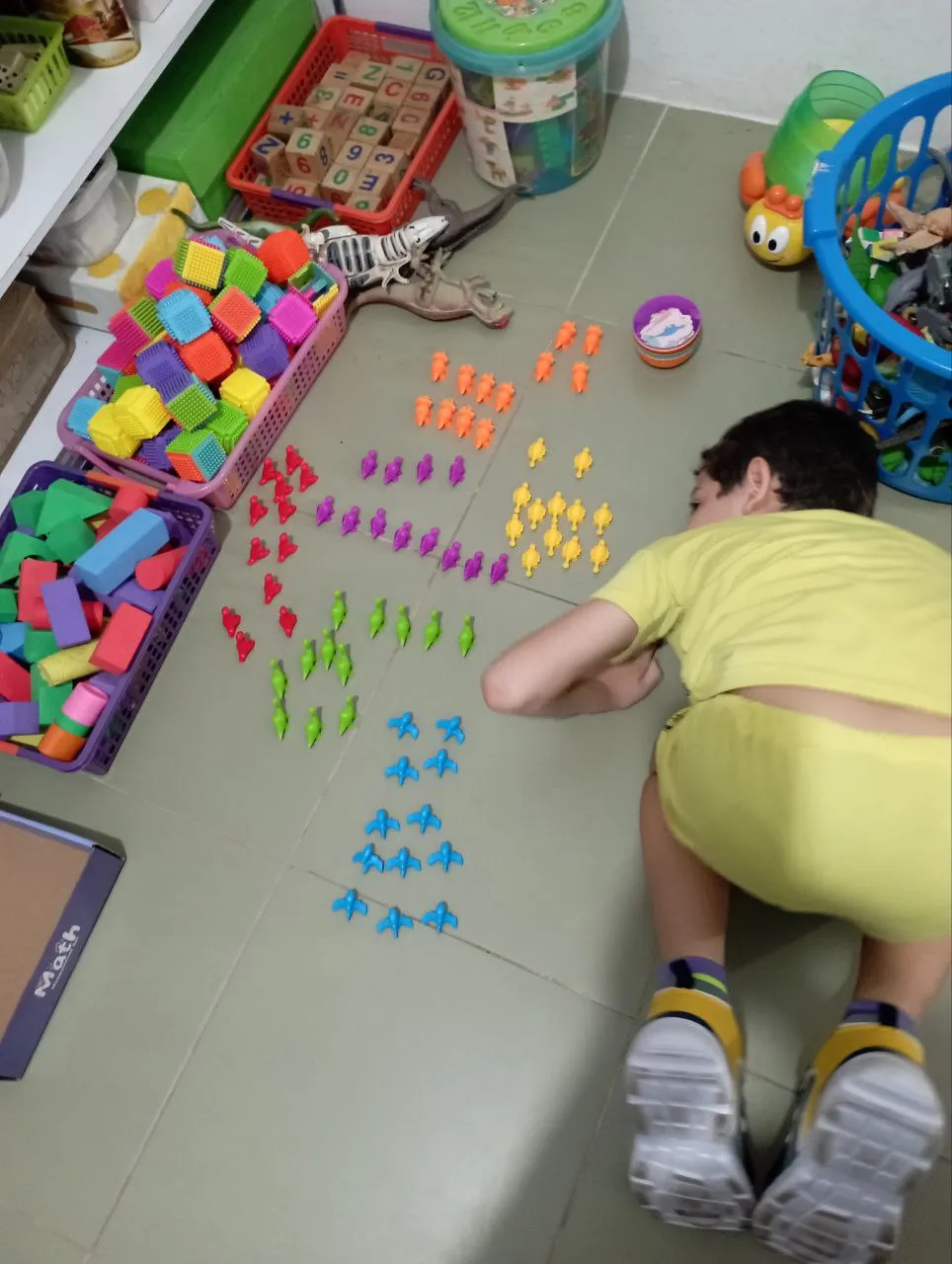
Por eso el proceso de duelo, a pesar de que está extendidamente explicado por diversos autores expertos en la materia, e incluso por otros padres que han pasado por las mismas experiencias siempre, siempre es único en cada núcleo. Así que pretender ser experto en el tema pasa por haber tenido años presenciando, guiando, ayudando …pero sobre todo tratando de comprender cómo se vive desde dentro y dejar un margen para que sean los que protagonizan el momento los que soliciten la medida y altura de la ayuda que necesitan. En correspondencia, los profesionales deben estar muy cerca y prestar atención para poder ayudar.
El Manual de los 100 días, es un extenso documento donde se expone desde diferentes aristas tanto información sobre la condición de autismo, como las implicaciones afectivas, sociales y emocionales que implican la convivencia y los vínculos. Pasando por alto, los detalles mínimos de cada diagnóstico, este documento ofrece un poderoso compendio donde vas a conseguir más de una respuesta a interrogantes constantes e inquietudes que se repiten en la gran mayoría de las historias, por no decir que en todas.
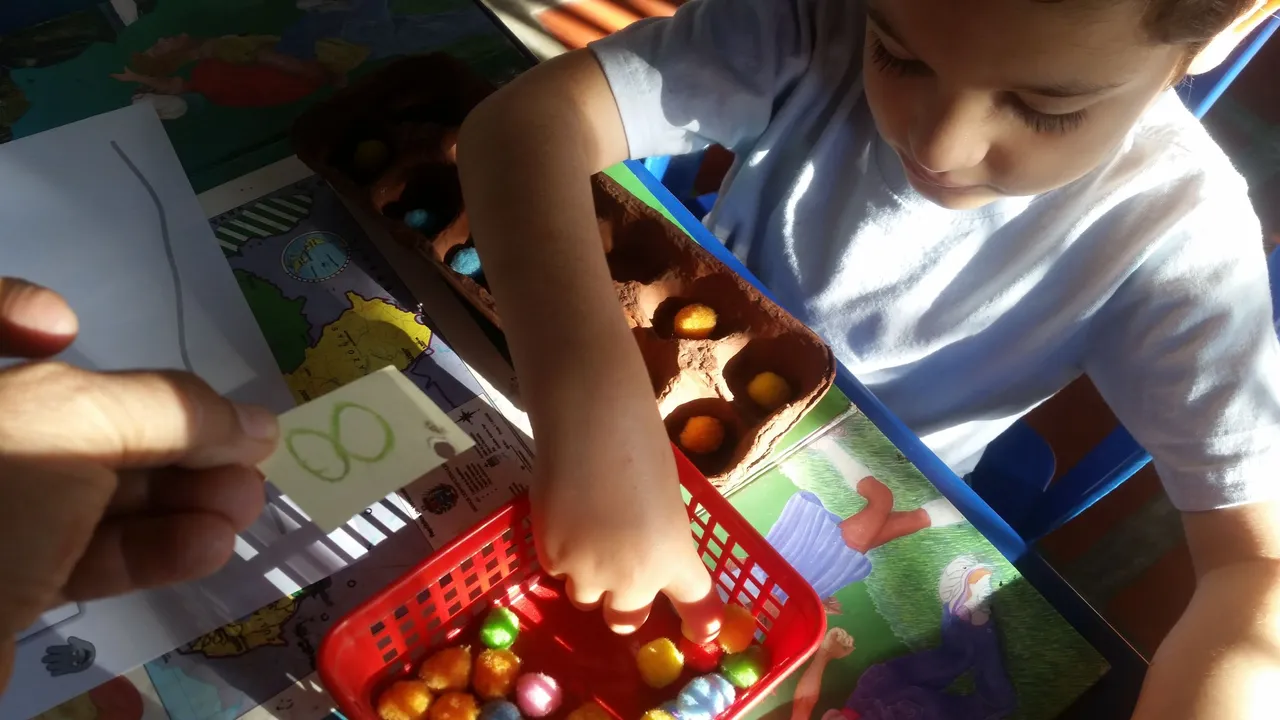
Los apartados referentes al futuro, que se desapegan por un momento del eterno presente, nos previenen a organizar mejor las acciones, porque en ese período tan abrumador es natural que se pierdan de vista decisiones que posteriormente vana a ser más difíciles de reorientar, como es el tema de la alimentación y la medicación. En este sentido se aclara…
Autism Speaks no provee consejos ni servicios médicos o legales. Más bien, Autism Speaks ofrece información general acerca del autismo como un servicio a la comunidad. La información incluida en este manual no es una recomendación, referencia o respaldo a algún recurso, método terapéutico o proveedor de servicios y no reemplaza al consejo de profesionales de la medicina, el derecho y la educación. Este manual no tiene la intención de ser una herramienta para verificar las credenciales, calificaciones o destrezas de alguna organización, producto o profesional. Autism Speaks no ha validado ni es responsable por cualquier información o servicio provisto a terceros. Le urgimos usar un criterio independiente y pedir referencias cuando considere cualquier recurso asociado con la prestación de servicios relacionados con el autismo.
Manual para los primeros 100 dìas
Lo cual nos indica que otro aspecto a tomar en cuenta es que este documento no debe tomarse como un referente ex profeso; sin embargo, recordemos que como lo indica Marcel Arvea Damián en su libro Autismo en su visión fenomenológica sobre el autismo, no está en las personas diagnosticadas, el autismo está entre nosotros. Por lo tanto, es universal y nos compete a todos.
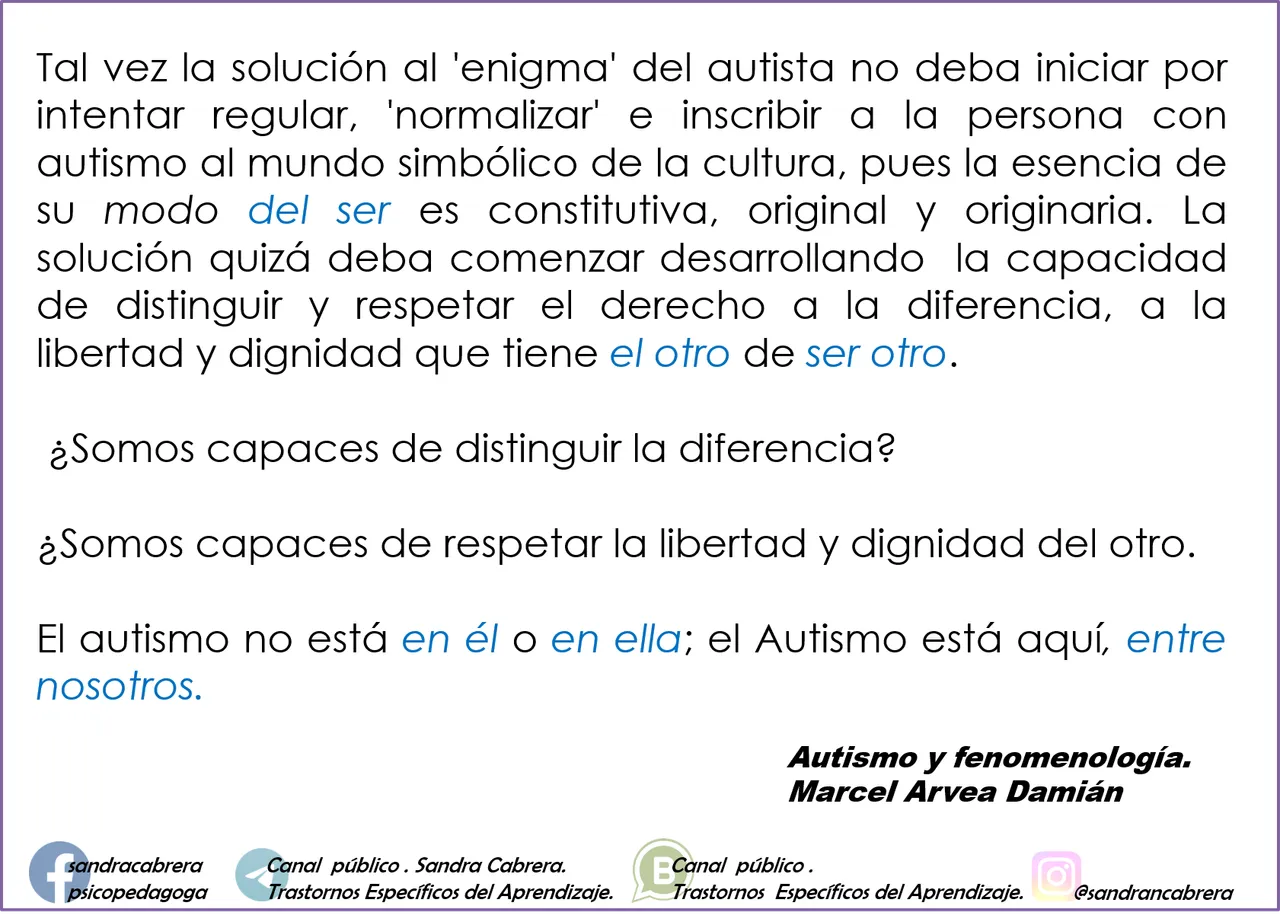
Te invito a revisar este documento que, como ya lo he dejado indicado, puedes obtener en forma totalmente gratuita. No sólo vale la pena consultarlo si eres padre de un niño con diagnostico reciente, igualmente si tienes un familiar, amigo, vecino, si eres docente o profesional que siente la necesidad de formar parte de las soluciones y no de los inconvenientes…te invito a revisar estas páginas porque es un aprendizaje que tendrás para la vida.
Mira qué temario tan interesante...
-Acerca del autismo.
-¿Por qué fue diagnosticado con autismo mi hijo? ¿Y qué significa?
-¿Por qué necesita mi hijo un diagnóstico de autismo?
-¿Cómo se diagnostica el autismo?
-¿Qué es el autismo?
-¿Cuán común es el autismo?
-¿Qué causa el autismo?
-Más información sobre los síntomas del autismo.
-Habilidades especiales que pueden acompañar al autismo.
-Condiciones físicas y médicas que pueden acompañar al autismo.
-Usted, la familia y el autismo.
-¿Cómo voy a manejar este diagnóstico?
-Estos son algunos consejos.
-¿Qué debemos saber sobre nuestros hijos menores o futuros?
-¿Cómo afectará esto a la familia?
-Compartiendo su desafío.
-Quince consejos para la familia.
-Obtener servicios para su niño.
-¿Cómo obtengo la ayuda que mi hijo necesita?
-Tener acceso a servicios.
-Los derechos de su hijo.
-Tratamiento para el autismo.
-¿Cómo se trata el autismo?
-Tratamiento para los síntomas centrales del autismo.
-Análisis conductual aplicado (ABA).
-Tiempo de suelo - Floortime (DIR).
-Intervención para el desarrollo de las relaciones (RDI).
-Tratamiento y educación de niños con autismo y problemas de comunicación relacionados (TEACCH).
-Comunicación social /Regulación emocional /Apoyo transaccional (SCERTS).
-Tratamiento para condiciones coexistentes, biológicas y médicas asociadas al autismo.
-¿Existe una cura?
-¿Cómo elijo la intervención adecuada?
-Haga realidad el plan.
-Armando su equipo.
-Cómo contratar a terapeutas.
-Cómo manejar su equipo.
-Cómo incorporar a la familia en el programa del niño.
-Lecturas sugeridas.
-Plan de acción para los próximos 100 días.
-Sección Plan de seguridad para niños con autismo.
-Formularios útiles.
-Glosario.
-Los recursos locales.
Índice. Manual para los primeros 100 días

Fíjate, igualmente, el manual contiene información de interés para todos, independientemente de la edad de tu hijo o si eres padre que has recibido un diagnóstico reciente o no. Si te animas a revisarlo te darás cuenta de lo que te digo.

Si el autismo está entre nosotros, nos compete a todos por sus múltiples y variadas interrelaciones, en todas las familias y los ambientes...
Aun existe desinformación, lo sabemos, por lo que la orientación y divulgación de fuentes de información científica es parte de los objetivos de esta comunidad. Además de ser la voz de experiencias maravillosas y gratificantes de padres y familiares que han progresado hacia la consolidación de rutinas de vidas mucha más saludables, integrales y, sobre todo garantizar la calidad del desarrollo del niño, tanto como sea posible.
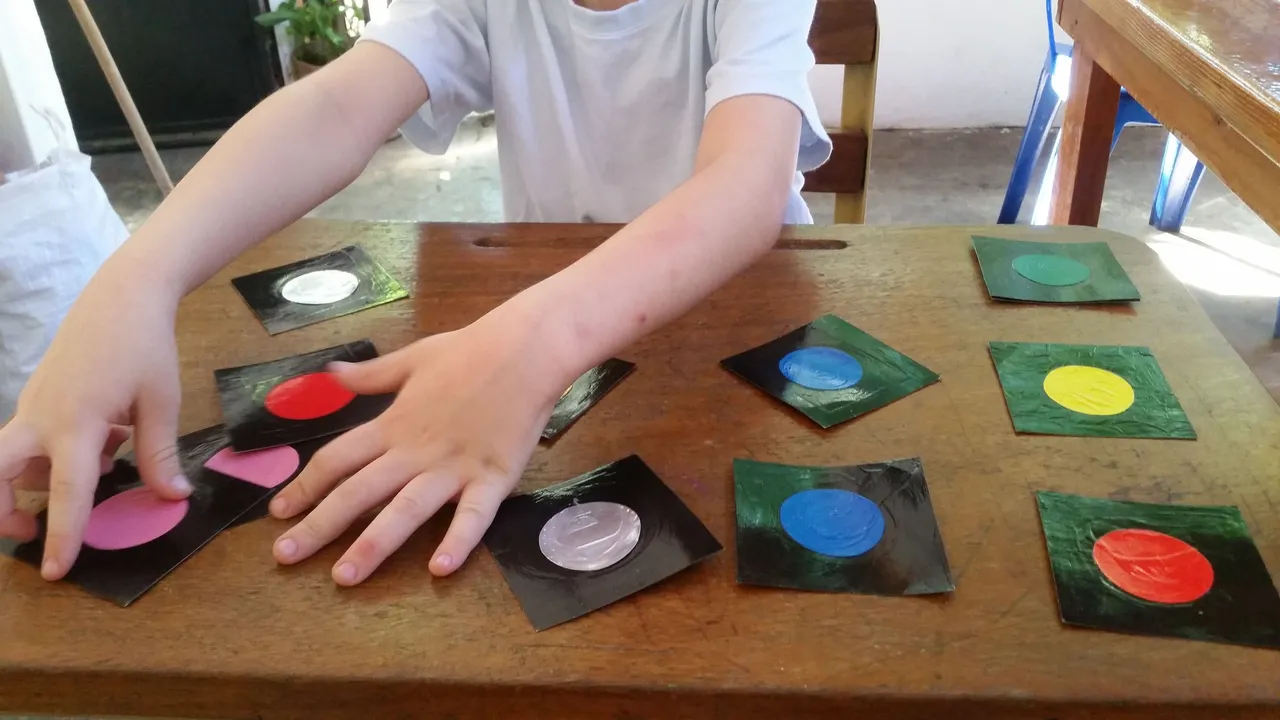
En lo personal sé que todas los padres tienen sus propios criterios, y eso está bien, toda vez que coadyuven la ayuda apropiada y que más beneficie la garantía de la calidad de vida de sus hijos. Admiro a las familias que hacen de su día una bendición que se prolonga a lo largo de la vida de sus seres más queridos.
Te invito a formar parte de esta comunidad, donde además de ser bienvenidas tus experiencias, tendrás la oportunidad de conocer a personas que conviven con la condición de autismo en formas tan diversas como visiones existen en el ideario colectivo. Ciertamente para convivir con el autimo no hay una única forma, pero sí un centro común, el amor, la comprención y la toletrancia hacia sus diversas formas de manifestarse.

Soy Sandra Cabrera, licenciada en Dificultades para el Aprendizaje, con estudios en Educación Especial Integral, Planificación Educativa y Literatura Infantil. Si te interesan los temas sobre educación especial, la discapacidad y las condiciones especiales del desarrollo, puedes contactarme en los canales de Telegram y Whatsaap, @Trastornosdelaprendizaje. En las redes sociales Instagram y Facebook, @sandracabrera. En la cuenta de spreaker, @sandracabrerapodcast.

Fotografías: tomadas con mi teléfono Redmi11.
Lámina: realizada en el programa PowerPoint.
Separador: realizado en el programa PowerPoint.
Traducción: realizada con DeepL, versión libre.

A handbook to help families get the critical information they need during the first 100 days following an autism diagnosis.
Handbook for the first 100 days

Autism Speaks is a compilation of various documents and authors that came out in 2008. Although more than 15 years have passed, The First 100 Days of an Autism Diagnosis Handbook; although in that time there have been significant advances, especially in the biomedical field, this handbook contains valuable information that can help you understand the circumstances that balance the emotions and feelings that accompany such unique experiences.
I think that a parent receiving a diagnosis of autism in a child is a unique thing that is unlike the process that other parents may go through; it is always unique. I have no doubt about that. Each situation is accompanied by a singularity. That journey, which parents go through from the observation of the first signs to the corroboration of their doubts, is indisputably private, non-comparable and non-negotiable because at that moment there are no promises. At that moment, a process begins that only parents and very close and committed family members understand.

In any case, one goes through phases to face what happens, which is known as the grieving process. In the reference literature the stages are ordered in a didactic way, we know that they are not necessarily fulfilled sequentially; sometimes even the stages overlap, in addition to setbacks and reversals; for some parents the process is shorter than for others. Mothers, women, do not go through this process in the same way as fathers, men. What I intend to explain is that this process is so complex that following manuals or steps is complicated; however, specialists, researchers, parents who have already gone through this experience, try to help and make it possible, perhaps the most important thing, to reach a healthy acceptance of this reality.
**My message to you today, parents, families, is to seek help. Most importantly, don't be alone in the process, no matter how hard and misunderstood you think others are being with you. In the darkness of the first moment, identifying the first emotions, and above all, expressing them, will help. In general, five phases of grief can be identified: denial, anger, guilt, depression, acceptance; it is in this last phase that parents begin to build adaptive strategies.

That is why the grieving process, although it is widely explained by various authors who are experts on the subject, and even by other parents who have always gone through the same experiences, is always unique in each nucleus. So pretending to be an expert on the subject means having spent years witnessing, guiding, helping ...but above all trying to understand how it is lived from the inside and leaving a margin for those who are the protagonists of the moment to ask for the measure and height of the help they need. Correspondingly, professionals must be very close and pay attention to be able to help.
The 100 Days Manual is an extensive document where information about the condition of autism, as well as the affective, social and emotional implications that imply coexistence and bonds, are exposed from different points of view. Overlooking the minimal details of each diagnosis, this document offers a powerful compendium where you will get more than one answer to constant questions and concerns that are repeated in most of the stories, if not all of them.

The sections referring to the future, which are detached for a moment from the eternal present, prevent us from organizing our actions better, because in such an overwhelming period it is natural to lose sight of decisions that will be more difficult to reorient later on, such as the issue of food and medication. In this sense it is clarified...
Autism Speaks does not provide medical or legal advice or services. Rather, Autism Speaks provides general information about autism as a service to the community. The information included in this handbook is not a recommendation, referral or endorsement of any resource, therapeutic method or service provider and is not a substitute for the advice of medical, legal and educational professionals. This manual is not intended as a tool to verify the credentials, qualifications or skills of any organization, product or professional. Autism Speaks has not validated nor is it responsible for any information or services provided to third parties. We urge you to use independent judgment and ask for references when considering any resource associated with the provision of autism-related services.
First 100 Days Handbook
This indicates that another aspect to take into account is that this document should not be taken as a reference ex profeso; however, let us remember that as Marcel Arvea Damián indicates in his book Autismo in his phenomenological vision on autism, it is not in the diagnosed persons, autism is among us. Therefore, it is universal and concerns us all.

Perhaps the solution to the 'enigma' of the autistic way of being is not;
started by trying to regulate, 'normalize' and enroll the person
with autism to the symbolic world of culture, since the essence of
her mode of being is constitutive, original and originary. The solution to
autism problem may need to begin developing in no;
us and us the ability to distinguish and respect the right to
the difference, to the freedom and dignity that the other has to be another.
Are we able to distinguish the difference? Are we able to distinguish the difference?
to respect the freedom and dignity of others
Autism is not there; In him or her, Autism is here:
'among us'.
I invite you to review this document which, as I have already indicated, you can obtain totally free of charge. It is not only worth consulting it if you are a parent of a child with a recent diagnosis, but also if you have a relative, friend, neighbor, if you are a teacher or professional who feels the need to be part of the solutions and not of the inconveniences... I invite you to review these pages because it is a learning experience that you will have for life.
Look what an interesting agenda...
-Treatment for the core symptoms of autism.
-Applied behavioral analysis (ABA).
-Floor time - Floortime (DIR).
-Relationship Development Intervention (RDI).
-Treatment and education of children with autism and related communication problems (TEACCH).
-Social communication / Emotional regulation / Transactional support (SCERTS).
-Treatment for coexisting, biological and medical conditions associated with autism.
-Is there a cure?
-How do I choose the appropriate intervention?
-Make the plan a reality.
-Assembling your team.
-How to hire therapists.
-How to manage your equipment.
-How to incorporate the family into the child's program.
-Suggested readings.
-Action plan for the next 100 days.
-Section Safety Plan for children with autism.
-Useful forms.
-Glossary.
-Local resources.
Index. Manual for the first 100 days

Note, likewise, the manual contains information of interest to everyone, regardless of your child's age or whether you are a parent who has received a recent diagnosis or not. If you dare to review it you will realize what I am telling you.

If autism is among us, it concerns us all due to its multiple and varied interrelationships, in all families and environments...
There is still misinformation, we know it, so the guidance and dissemination of sources of scientific information is part of the objectives of this community. In addition to being the voice of wonderful and rewarding experiences of parents and family members who have progressed towards consolidating much healthier, more comprehensive life routines and, above all, guaranteeing the quality of the child's development, as much as possible.

Personally, I know that all parents have their own criteria, and that is fine, as long as they provide appropriate help that most benefits the guarantee of the quality of life of their children. I admire families who make their day a blessing that lasts throughout the lives of their loved ones.
I invite you to be part of this community, where in addition to your experiences being welcome, you will have the opportunity to meet people who live with the condition of autism in ways as diverse as the visions that exist in the collective ideology. Certainly to live with the self there is no single way, but there is a common center, love, understanding and tolerance towards its various forms of manifestation.

I am Sandra Cabrera, graduate in Learning Difficulties, with studies in Comprehensive Special Education, Educational Planning and Children's Literature. If you are interested in topics about special education, disability and special developmental conditions, you can contact me on the Telegram and WhatsApp channels, @Trastornosdelaprendizaje. On the social networks Instagram and Facebook, @sandracabrera. On the spreaker account, @sandracabrerapodcast.

Photos: Taken with my Redmi11 phone.
Sheet: made in the PowerPoint program.
Separator: made in the PowerPoint program.
Translation: made with DeepL, free version.